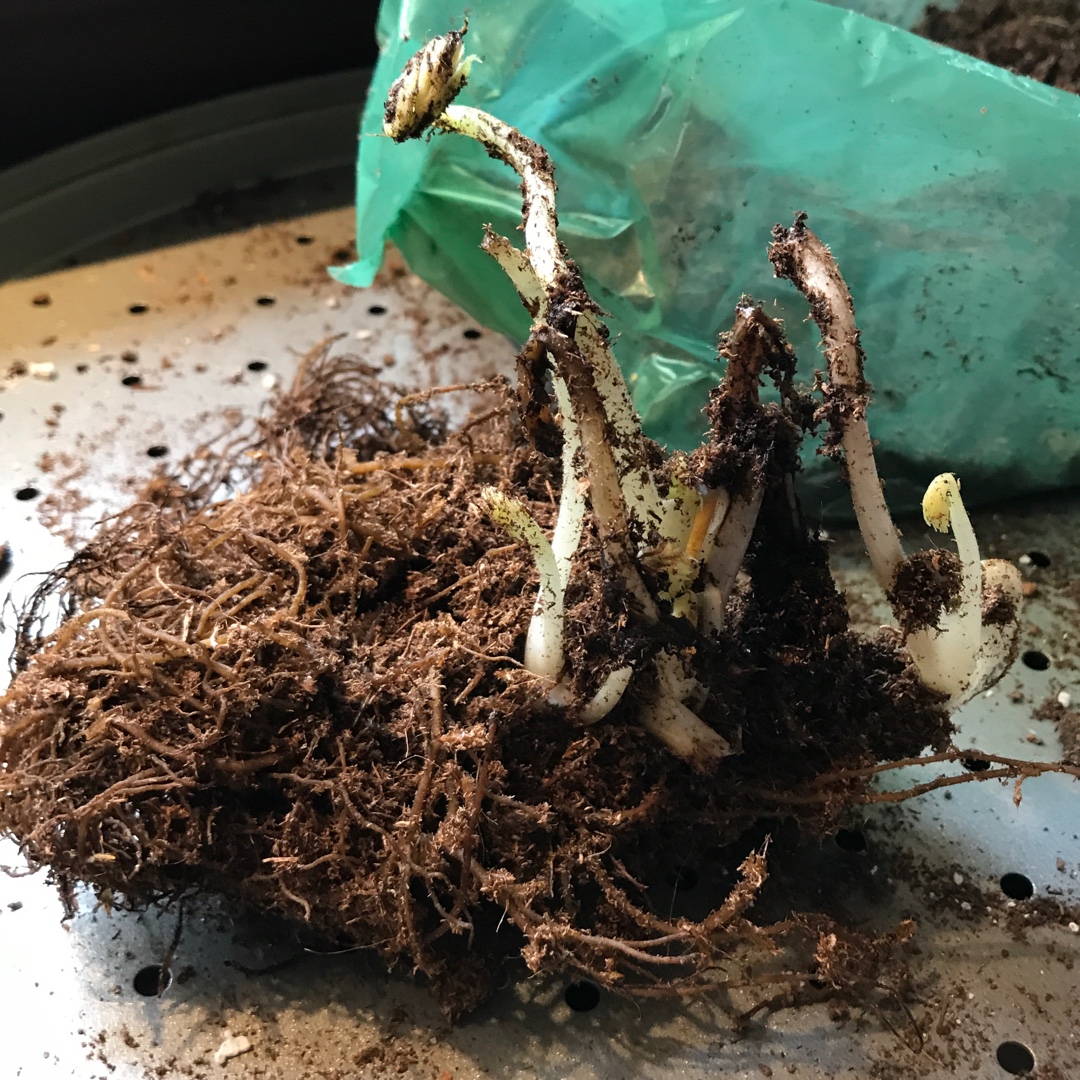
Actaea pachypoda 'Misty Blue'
Baneberry 'Misty Blue'
A clump-forming perennial with pinnate (leaves identical at opposite sides of the stem) leaves divided into ovate, deeply-toothed, bright green leaflets. Red stems carrying racemes (spikes) of white flowers in late spring and early summer, followed by (inedible) black-eyed, spherical white fruit. 'Misty Blue' has blue-green foliage, and in late Spring bears creamy-white flower spires on red stems, followed by white (inedible) berries with a black spot, that gives them the common name of "Doll's Eyes"
Contributed by @ambitiouswolf
-
Partial shade
-
Frequent watering
-
Full Frost Hardy: 5F (-15°C)
-
Moist and free draining
Common name
Baneberry 'Misty Blue'
Latin name
Actaea pachypoda 'Misty Blue'
type
Herbaceous Perennials
family
Ranunculaceae
ph
5.0 - 8.5 Acid - Neutral
Plant & bloom calendar
-
Best time to plant
full grown dimensions
 0.90 M
0.90 M
0.90 M
0.90 M
Actaea pachypoda 'Misty Blue'
A clump-forming perennial with pinnate (leaves identical at opposite sides of the stem) leaves divided into ovate, deeply-toothed, bright green leaflets. Red stems carrying racemes (spikes) of white flowers in late spring and early summer, followed by (inedible) black-eyed, spherical white fruit. 'Misty Blue' has blue-green foliage, and in late Spring bears creamy-white flower spires on red stems, followed by white (inedible) berries with a black spot, that gives them the common name of "Doll's Eyes"
Planting Season
From Late Spring TO Late Spring
In late spring, plant out container grown plants into a water retaining site that is fertile and partially shady.
Propagation by seed
From Early Autumn TO Late Autumn
Sow seed under glass in autumn before planting out the next year.








